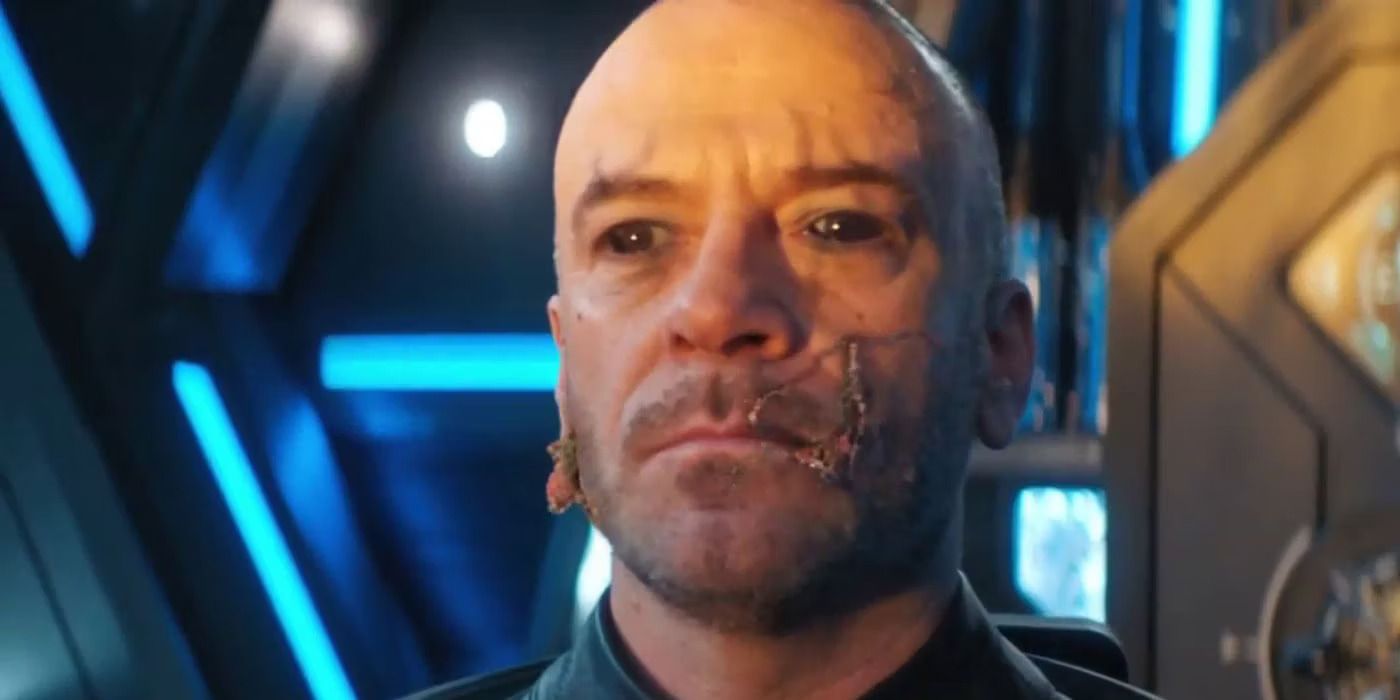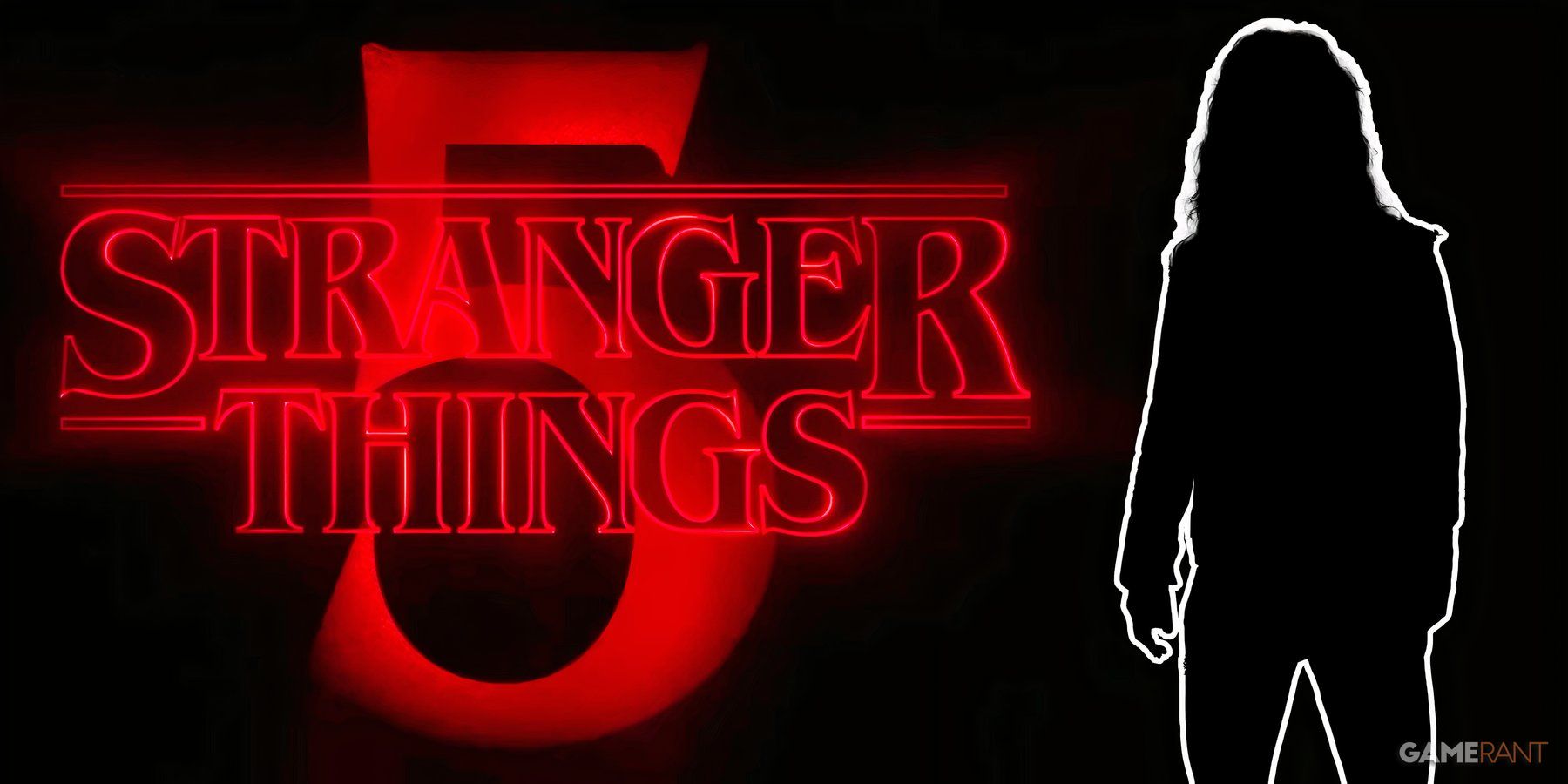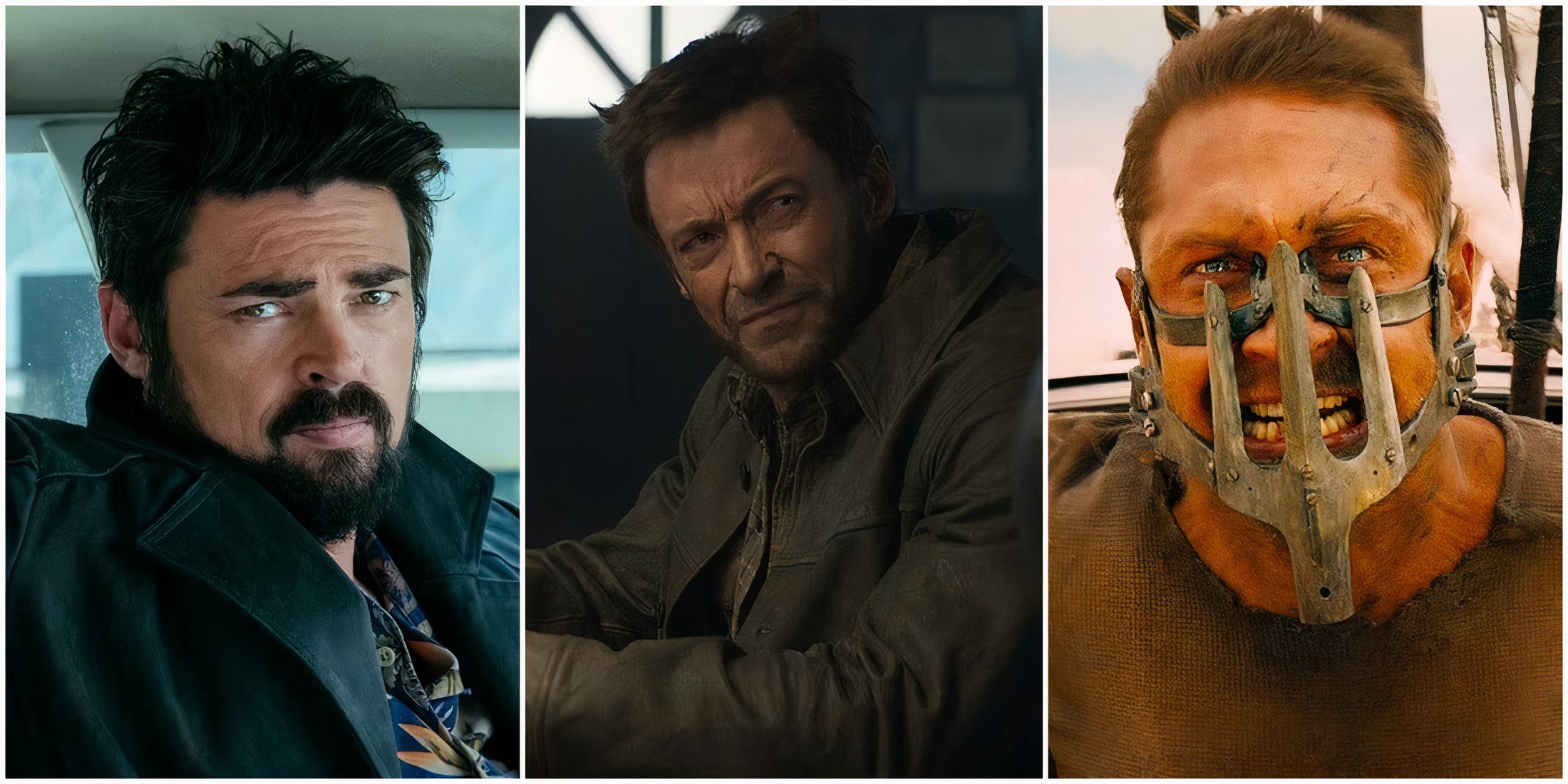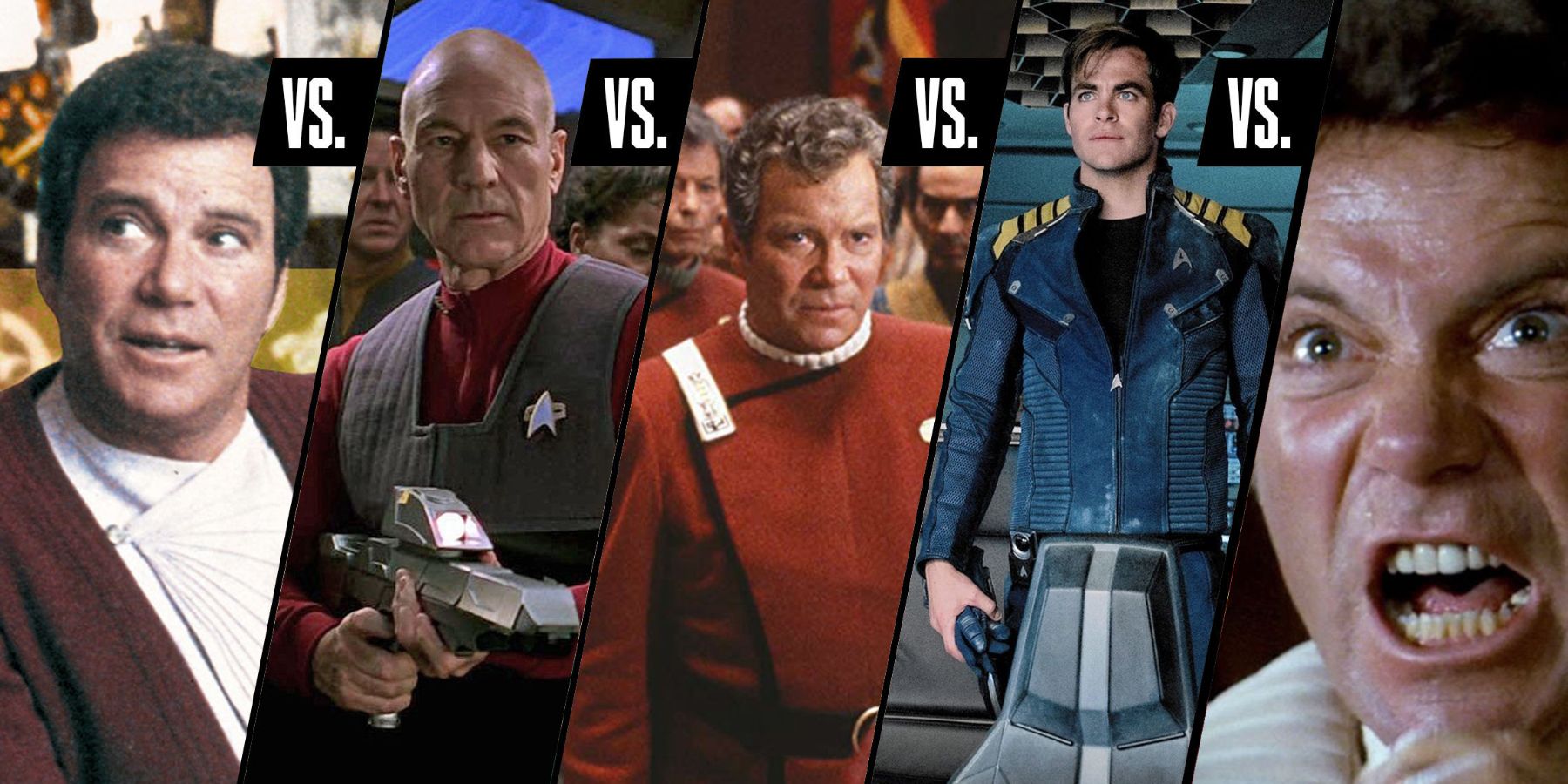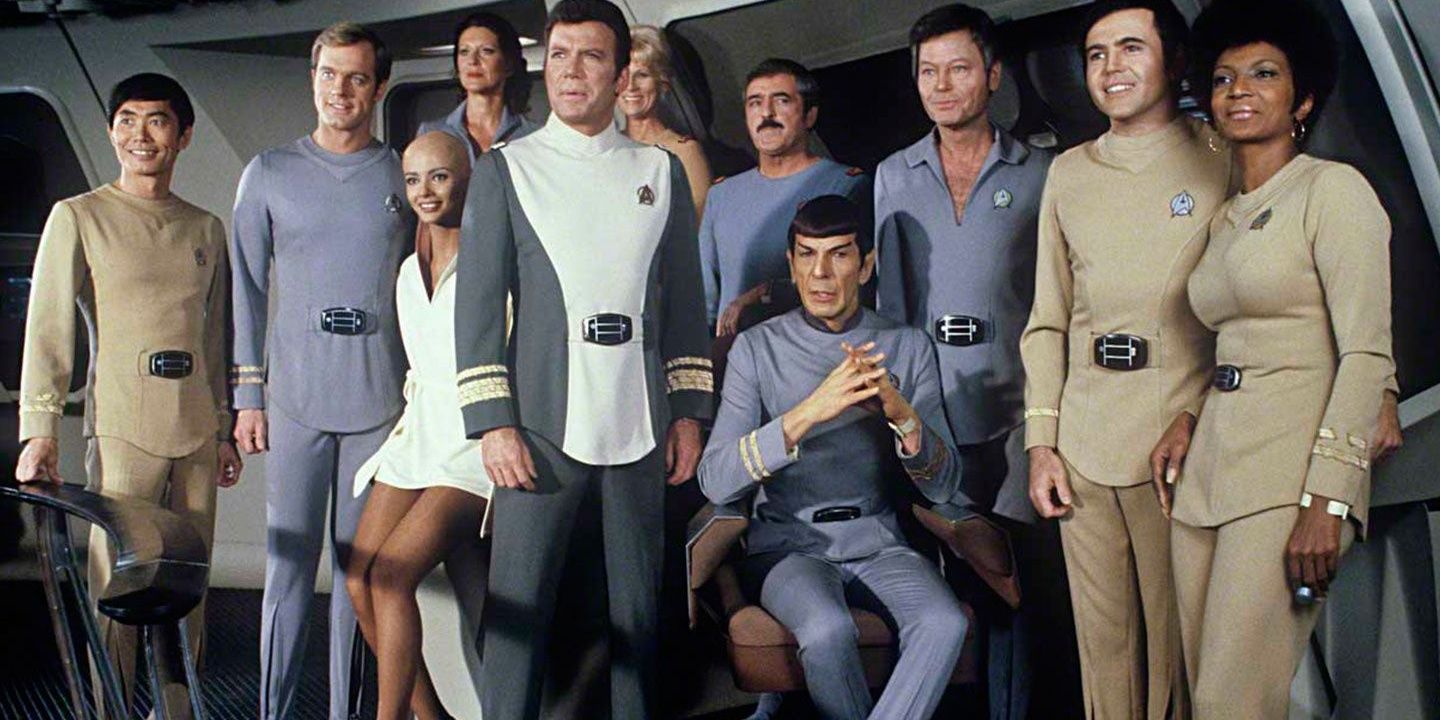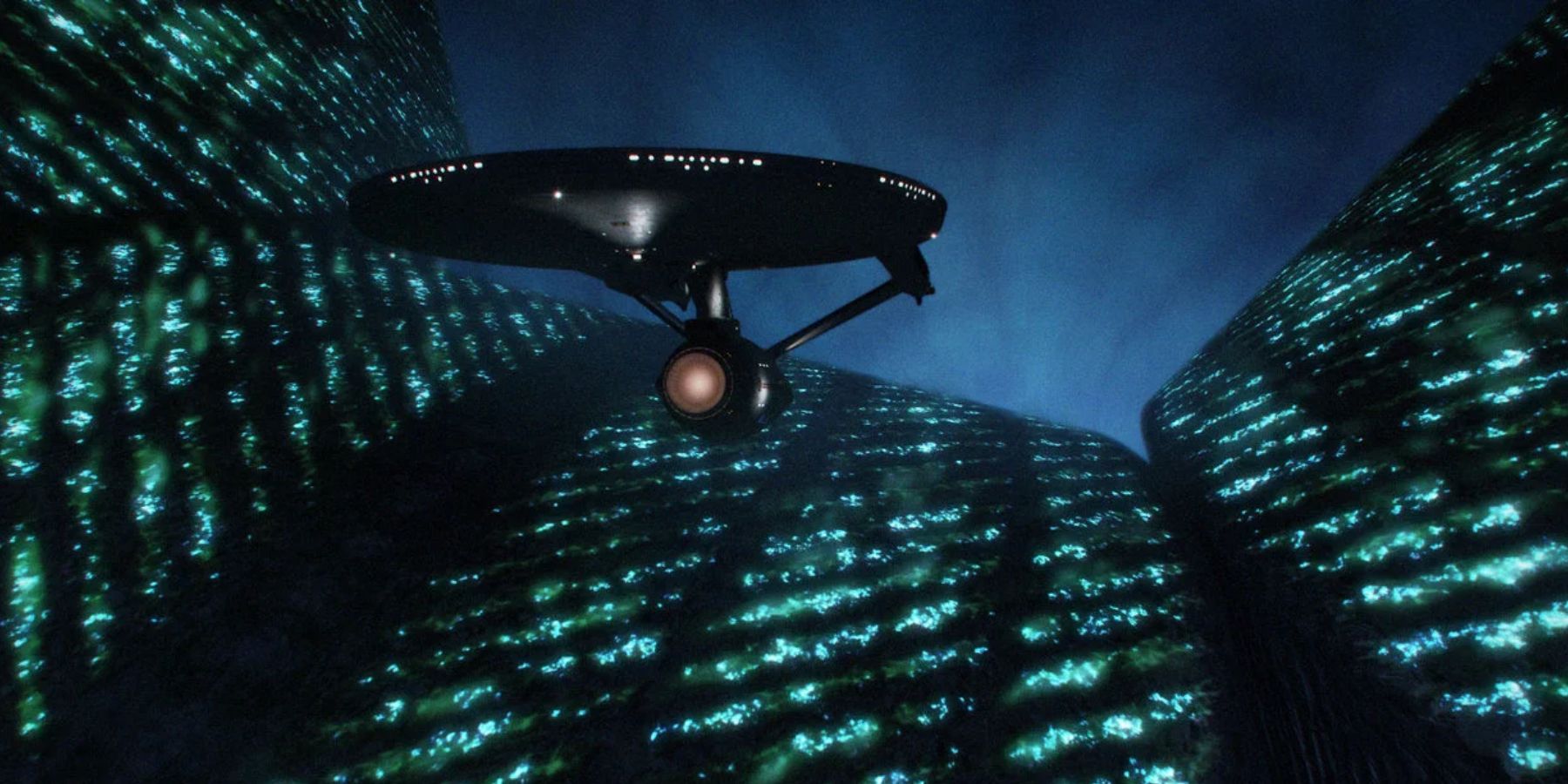Star Trek has been a staple of the science fiction community ever since its creation in the late 1960s from the optimistic mind of Gene Roddenberry. Since then, it has evolved a lot, veering away from the perfect image of the future of humanity Roddenberry has had wanted, focusing more and more on the gritty politics and dark underbelly present within the Federation.
The TV shows carry a lot of this, but the movies also show a gradual shift away from ‘true’ Star Trek (or at least, typical original Star Trek) and towards a more thrilling, action packed and complicated narratives, focusing on more and more nuances of what it means to exist in this distant future. While The Wrath Of Khan is held as one of the greatest Star Trek movies of all time, closely followed by the strange horror of First Contact, there is an important underdog that often goes underappreciated.
Star Trek: The Motion Picture was the first installment for the film series, released in 1979, and continued on the adventures of Kirk and the overhauled USS Enterprise. Though fans today may not realize it, this film pretty much saved Star Trek, the TV show having been canceled in 1969 after getting fairly poor ratings. Paramount wanted to cancel the show after just two seasons, but after various fans wrote in pleading with them to keep it going, they allowed Roddenberry to do one more season, though they massively decreased the shows budget.
The Motion Picture however, was eagerly awaited by the cult following that Star Trek had gained in the previous 10 years. It turned out to be a massive success, making Paramount a large profit. The film cost $44 million to make, and brought in $139 million at the box office. While this might not seem like a lot in comparison to blockbusters of today, after accounting for inflation, the film grossed more than any other Star Trek film to-date (not including the more recent, Kelvin timeline iterations). It did so well that Paramount decided to bring Star Trek back to the small screen, the first season of The Next Generation releasing in 1987.
The role it played in revitalizing the franchise is only one reason that the film deserves to be ranked higher on the list of the best Star Trek movies. It also deserves more recognition because The Motion Picture created something that none of the preceding movies managed to. It made something that felt believable, and really captured the essence of what Star Trek was always meant to be about. Tackling the believability aspect first, the film feels far more plausible than anything else. Sure, the main narrative can be summarized by saying the crew of USS Enterprise fight an evil cloud, but the film fits in with the timeline, acknowledging that time has passed and accounting for it on a human level. The crew have moved on from when audiences last saw them — junior officers have moved up ranks, Sulu and the groundbreaking Uhura now being lieutenant commanders, and Chekhov a full lieutenant. The movie knows that it would be odd to see everyone doing the same job they were doing a whopping 25 years earlier.
What's more, The Motion Picture lacks something that every other Star Trek movie has: a villain. While this may sound like a negative or boring aspect, it’s important to note that the movie does have an antagonist, and it’s in examining the differences between this and a villain where it becomes clear that The Motion Picture is doing something special. V’ger, the antagonist, is not like the Borg Queen or even the wonderfully unhinged Khan. Rather, it is much more like the antagonists audiences see in the TV show. It is an alien, and Kirk and the crew are unsure of what it wants. Its purpose is unknown, and it is the crew's job to find out and help it, even if it appears malicious.
While preceding movies don’t portray Kirk or Picard to be the "shoot first, ask questions later" kind of captains, they do tend to be put into situations where to fight is their only option, facing against powerful forces of evil. V’ger, then, is not the typical Star Trek movie antagonist; instead, it is much more like the antagonists found within The Original Series. It is like Balok from the episode “The Corbine Maneuver,” a seemingly threatening foe that turns out to be misunderstood or confused. This results in a climax where the antagonist is not destroyed, but finally understood.
This goes hand in hand with the other mixed reviewed element of the movie, which is its slow, dialogue heavy narrative. The film isn’t an action packed blockbuster, where Kirk and the crew get into large warp drive battles. Rather, it belongs to a very 1970s style of slow filmmaking. It was slow and felt heavy with grandeur, allowing audiences to get a powerful sense of scale. It avoided rushing through scenes to get to the next action sequence to keep the short attention span of audiences interested.
It fair to say however the film has a lot of problems, and with modern audiences, it does not fit snugly into the bracket of a particularly good movie. Many criticize it for being a longer and slower copy of the episode “The Changeling” from The Original Series, and for its stilted performances from everyone involved. Despite this, re-watching the film now alongside the older TV shows feels like a breath of fresh air. It manages to capture, albeit slowly, what Star Trek is supposed to be all about. It's a highly recommended viewing for those looking for a slow paced, thought-provoking movie, amidst the chaotic dark sea of modern sci-fi flicks.

